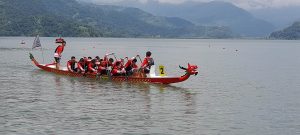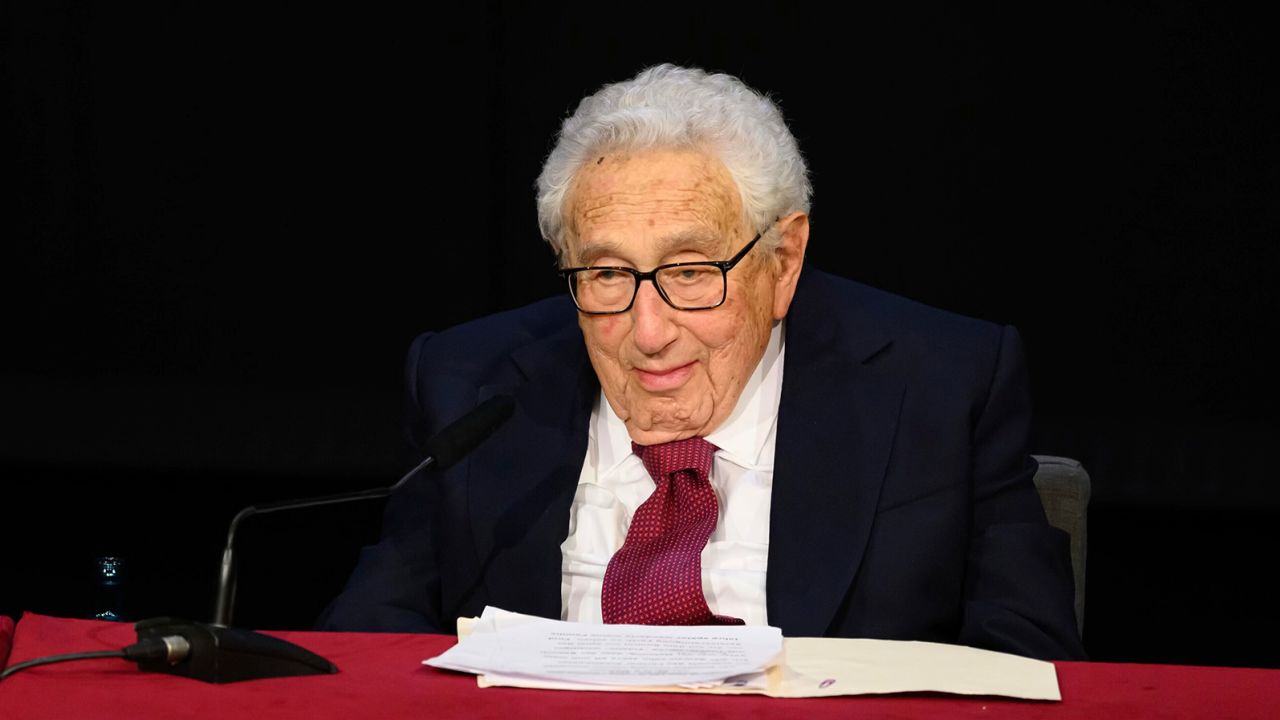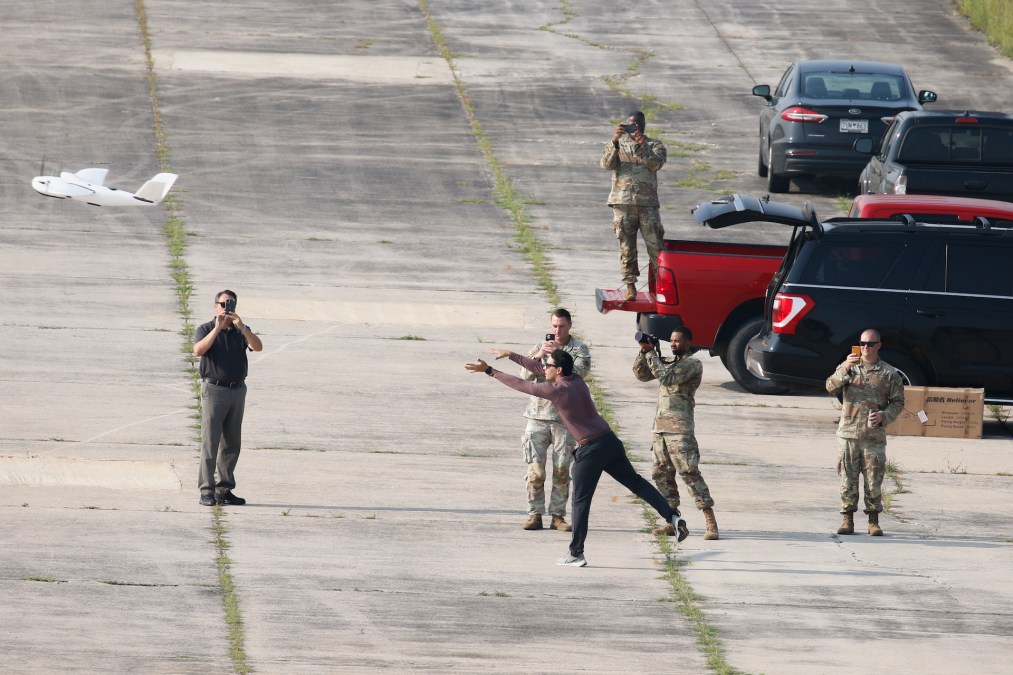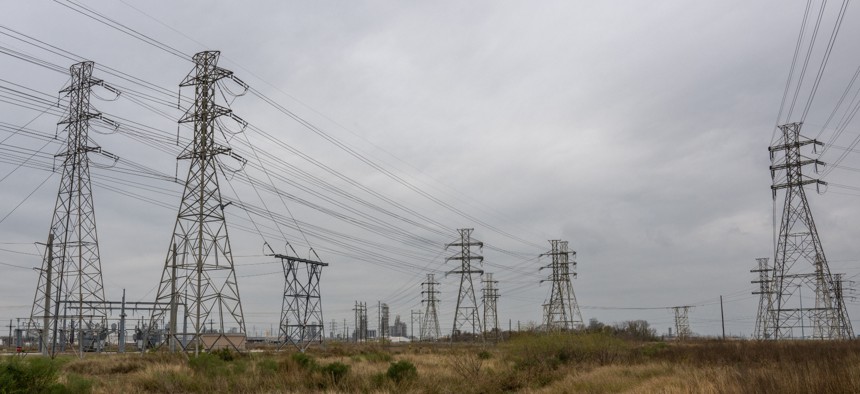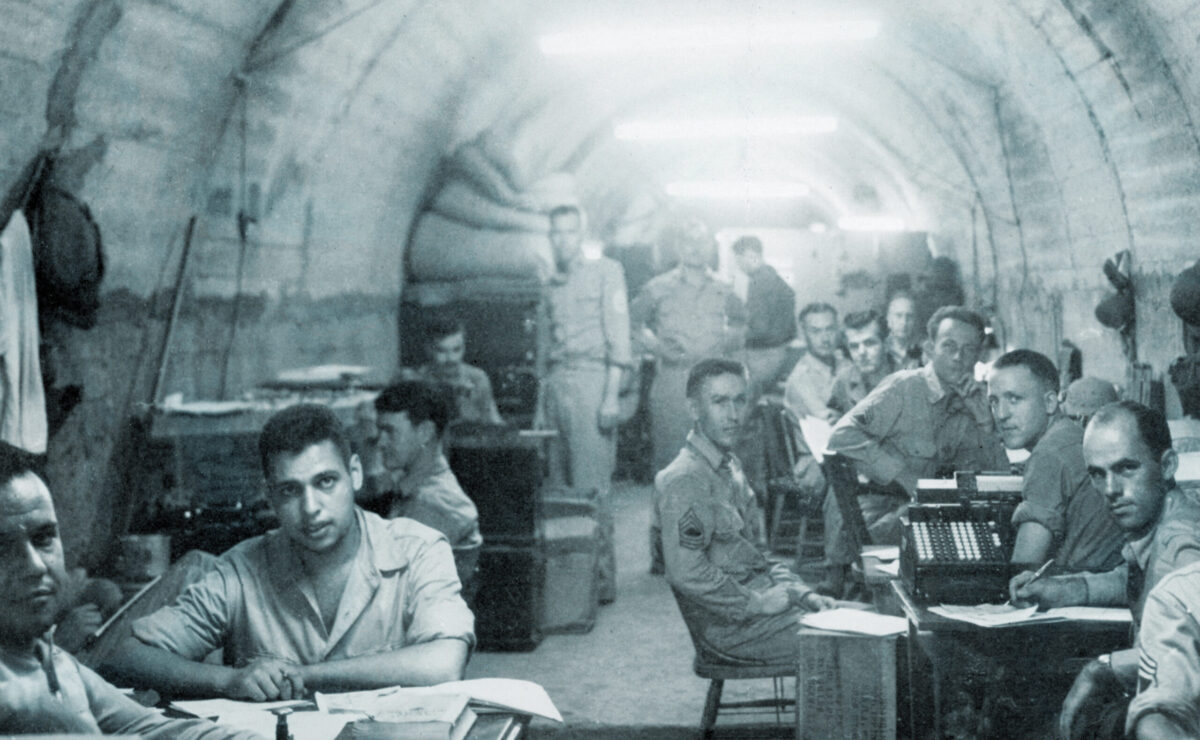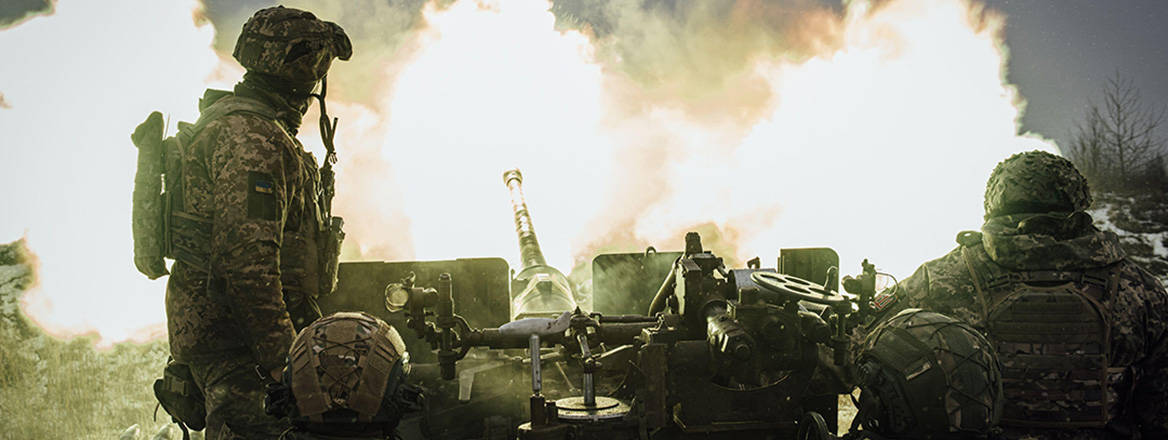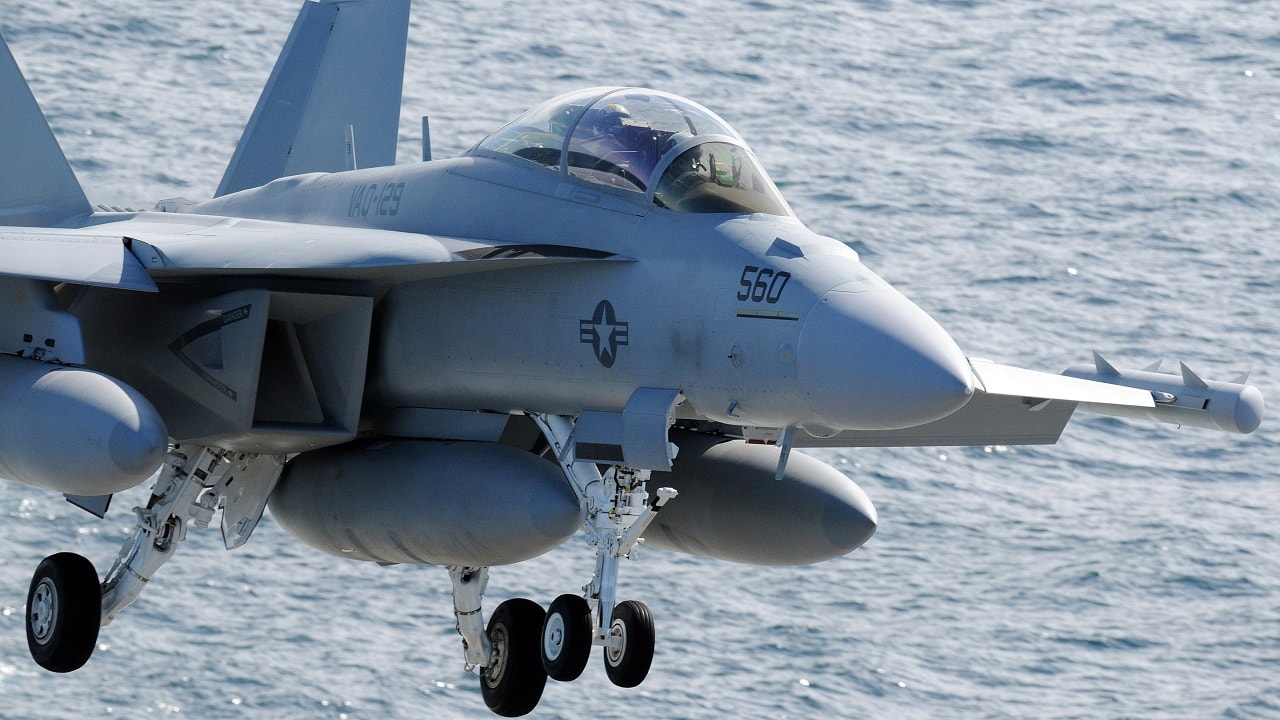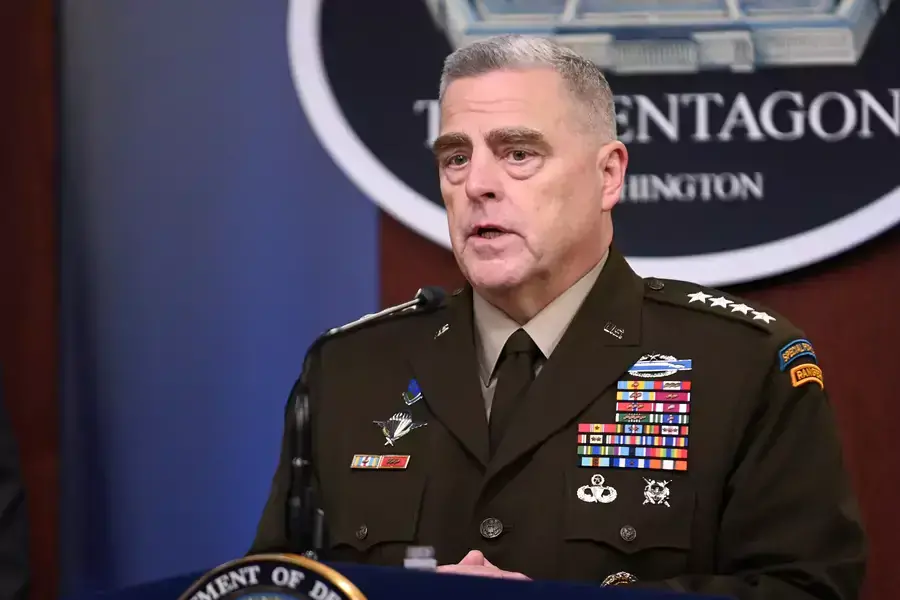Matija Šerić

Indian Prime Minister Narendra Modi’s state visit to the USA at the end of June provided an opportunity for the two countries to strengthen their relations at a time of growing geopolitical tensions.
On the one hand, there are the usual US tensions with Russia and China over the Ukraine crisis, the Taiwan issue and the US-China trade war. On the other hand, there are tensions between India and China. This was Modi’s fifth visit to the US since serving as prime minister since 2014, but his first with the diplomatic status of a state visit. “State visit” is the label used in the US to denote a visit by a foreign statesman of the highest rank. Modi is only the third statesman to receive this honor during Biden’s tenure.
For the distinguished guest, the US army fired honor platoons, an orchestra played and an honor guard lined up, and later a gala dinner followed at the White House. Without a doubt, the visit represents a significant diplomatic recognition for Modi, especially considering that he was once denied a visa to the US due to his “controversial” role in the religious riots in Gujarat in 2002. Addressing the US Congress, the Indian leader sent a very important message that the two nations want to cooperate. He addressed the message not only to politicians but also to businessmen.
Both leaders emphasized that technology will be the cornerstone of the US-India partnership. In addition to his appearance in Congress, Modi held a meeting with Biden in the Oval Office, attended a gala dinner at the White House, visited the State Department, addressed a group of young entrepreneurs at the John F. Kennedy Center in Washington, etc.
Historical context
These moves cannot be observed without insight into the historical context. In the past, Americans have often said that Pakistan is an American ally but not a friend, while India is an American friend but not an ally. During the Cold War, the world’s oldest and largest democracy were not on very good terms. America’s preference for anti-communist regimes led Washington to establish warm relations with Muslim Pakistan, where Islamists were in power.
